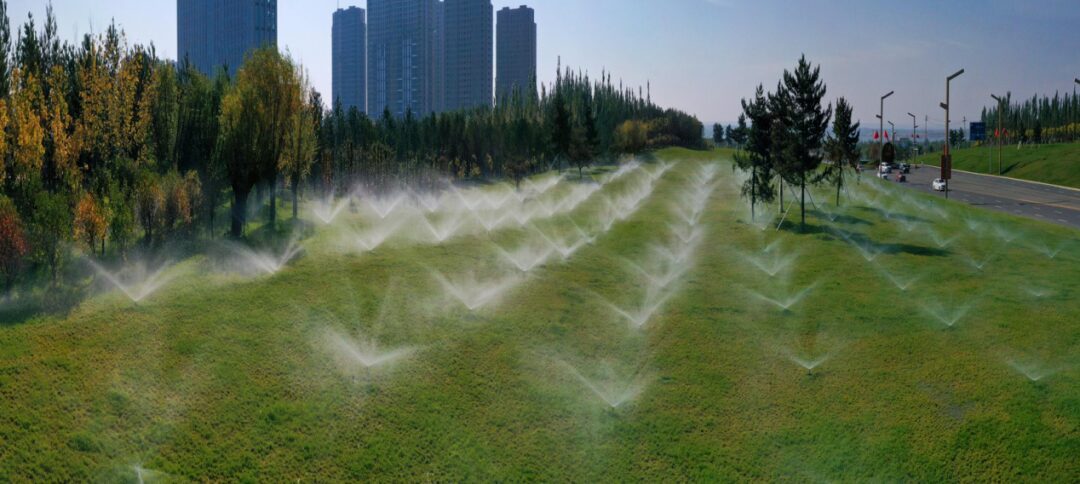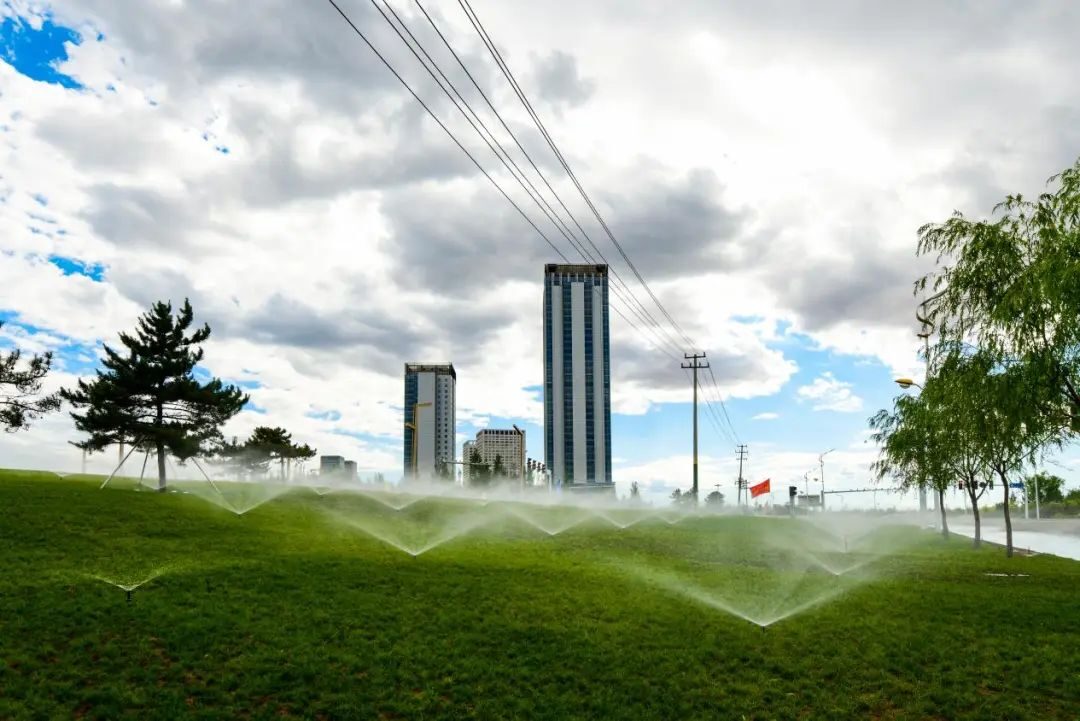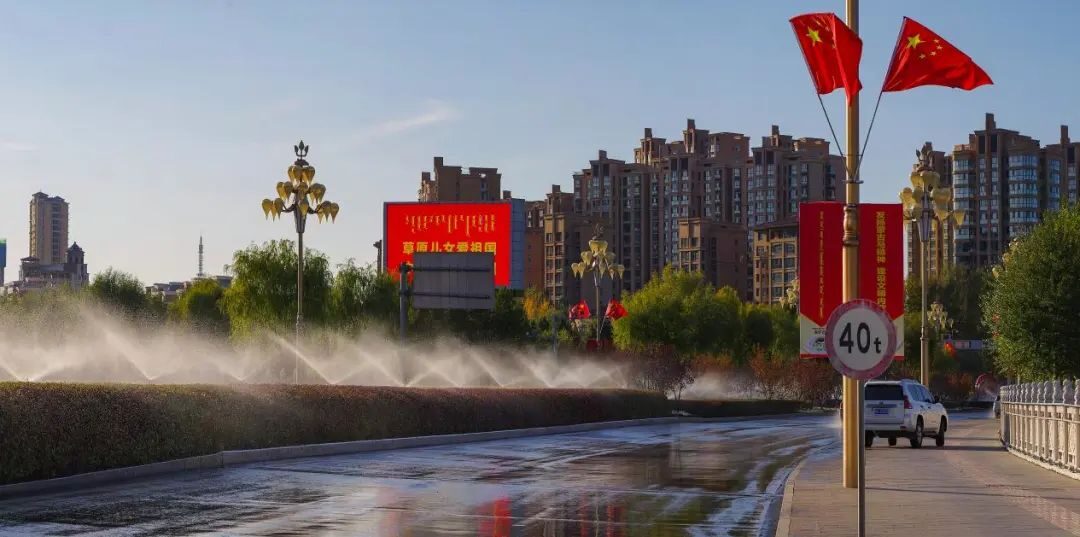1. Understanding Smart Irrigation
The smart irrigation system integrates multiple technologies such as the Internet of Things, mobile internet, LORA, and remote sensing monitoring. It achieves a balance between water-saving irrigation, crop physiology, and soil moisture control through intelligent logic to regulate the opening and closing of valves. The smart irrigation system is an organic combination of water-saving irrigation technology, landscaping cultivation technology, and water-saving irrigation project management technology. It can optimize water usage based on plant and soil types and light exposure, and can also monitor soil moisture after rainfall. Compared to traditional irrigation systems, the smart irrigation system has similar costs but can save 16% to 30% more water, making it crucial for alleviating water resource shortages in landscaping irrigation.

Smart irrigation can be classified into various types based on control methods and power sources. The three most common systems are wireless remote control, solar power, and bus control, which can be reasonably selected based on actual conditions.
2. Advantages of Smart Irrigation
1. Water Saving: Applied to drip irrigation, sprinkler irrigation, and other irrigation methods, it can save more than 50% of water compared to traditional watering methods, and can also improve irrigation uniformity. Up to now, it has achieved smart landscaping irrigation over an area of 500,000 square meters.
2. Labor Cost Savings: It saves over 90% of labor, and one person can easily manage it with just a mobile phone. Based on a management area of 68 million square meters, it can save approximately 28 million yuan annually in watering and maintenance costs.
3. Temperature and Humidity Control: In summer, smart irrigation can control the amount of watering, reduce humidity, and increase soil temperature. Compared to traditional irrigation, which can cause soil compaction and poor permeability, leading to oxygen deficiency in crop roots and root rot, smart irrigation avoids problems such as root rot and yellow leaves caused by excessive watering.
4. Balanced Water and Fertilizer: Using smart irrigation, water and fertilizer can be supplied according to the needs of plants, which also promotes nutrient absorption.

3. Structure of Smart Landscaping Irrigation System
Programmable Controller: Responsible for issuing and receiving various operational program instructions, it is the central part of the entire control system.
Sensor: Collects humidity signals from the soil to determine whether irrigation is needed.
A/D Module: Since the programmable controller cannot receive analog signals, it is necessary to convert the sensor’s voltage or current signals into digital signals.
Inverter: Adjusts the sprinkler flow by changing the motor speed to achieve water savings.
Motor and Pump: The motor drives the pump to draw water from the source, providing pressure for the sprinkler system.
Solenoid Valve: Controls whether the sprinkler heads are activated.
Piping Network: The pipeline that delivers water in the irrigation system.

The smart irrigation system can irrigate at the right time and amount through intelligent control of irrigation equipment, scientifically and effectively controlling soil moisture levels. This is a very effective way to save water resources and improve water use efficiency, as well as enhancing irrigation efficiency and water utilization, representing a high-yield, high-quality, and efficient plant production and maintenance model.




